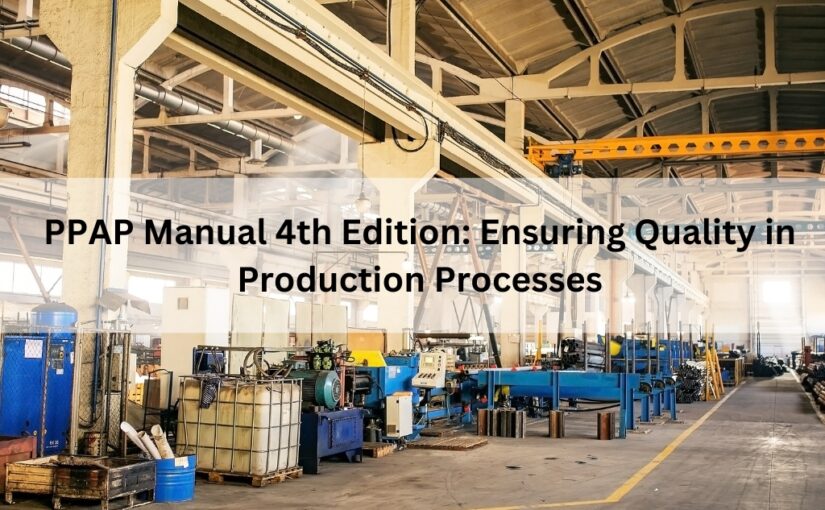The advantages of FPGA programming to automotive design
Modern motor vehicles today are bristling with PCB designs and microelectronic circuitry. It is estimated the average family sedan has around 50-60 microprocessors, while top-end executive vehicles can have double this number, complemented by over a mile of wiring.
The automotive market is a highly lucrative one, driven by a platform manufacturing model which allows one VHDL design to find multiple buyers. Application specific Integrated circuit (ASIC) designs have been superseded by more flexible programmable logic devices (PLDs) to avoid obsolescence in the marketplace. Field programmable gate array (FPGA) designs are found in even the most economically designed motor vehicles today.
The modern automotive PCB layout needs to offer superior flexibility and performance within set budgetary limits. FPGA design provides the solution, as field programmable gate arrays can be produced in high volume at low cost, to very high standards. As well as optimizing vehicle performance, they can enhance the driving experience, being utilized in the multimedia graphics displays of satellite navigation systems and RSE (rear-seat entertainment) consoles – two of the most popular applications of automotive FPGA programming.
The typical satellite navigation system utilizes a graphics processor with a host CPU; usually a Power PC, TI OMAP or SH4 processor. These interact with various peripheral components such as an LCD display, keyboard and audio output. The processing of graphics involves rapid computing of multiple complex algorithms, a process to which FPGAs(Field Programmable Gate Array) are better suited than standard ASSPs (application-specific standard products) as they can process multiple data inputs within a single clock cycle.
We at Enventure Technologies offer a wide range of hardware design services to the automotive industry, including FPGA Programming and VLSI Design.










